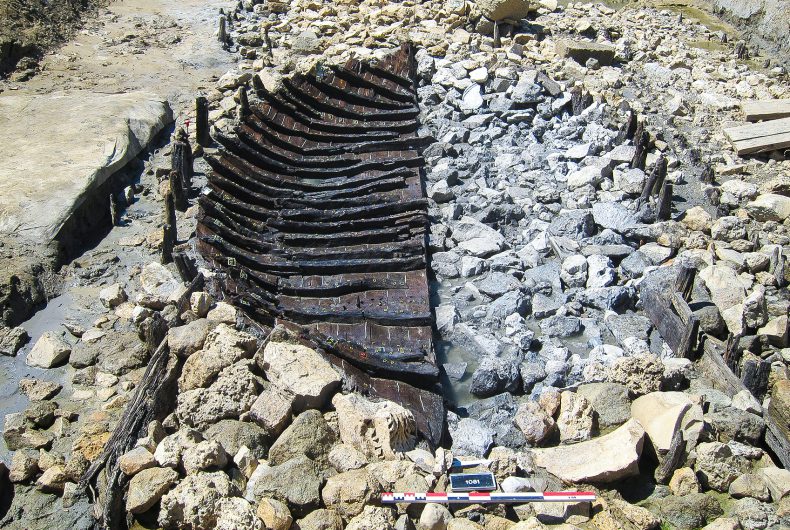
ARCHAEOLOGY REFERENCES
Archaeological excavations have revealed an important heritage of natural (ecofacts) or worked (artefacts) waterlogged wooden objects: foundation piles, well casings, bank containment, sheet piles, boats, barrels, domestic objects, etc.
Riverboat - 16th century, Gadagne Museum, Lyon (69)
The archaeodendrometric study of this boat, of great heritage value for river navigation, revealed that it was initially carved from a single oak timber (monoxyle), before undergoing various internal modifications and multiple repairs for use.
Collaboration: National Institute of Archaeological and Preventive Research (INRAP), Regional Center of Conservation (ARC-Nucléart).


Well vats (ancient, medieval, modern)
The numerous studies carried out on well casings, ranging from 5100 BC (e.g. Osthouse casing showing traces of lithic herminette) up to the post-modern period, bear witness to the history of the woodworking, their use and their supply environment.
Collaborations: State services, communities and corporations in archaeological excavations (Antea, Archéopole, Archéodunum, Eveha, Hadès, etc.)
Hydraulic pump - 2nd century AD, Gallo-Roman Museum of Lyon-Fourvière (69)
Extracted from a well on the Lyon peninsula in 1975, the composite pump was the subject of a multidisciplinary study which made it possible to specify its dating and describe the technical aspects of the use of the various pieces of wood (oak and softwood).
Collaboration: Gallo-Roman Museum of Lyon-Fourvière (69), Atelier Régional de Conservation Nucléart (ARC-Nucléart).


Merovingian collection of barrels and vats - Quentovic port site, La Calotterie (62)
The size of the corpus uncovered has made it possible to collect and synthesise essential dendrological and technological data for this period, mixing different species (oak, fir, poplar, birch, ash, beech, etc.) of various forest origins.
Collaboration: National Institute of Archaeological and Preventive Research (INRAP), corporation in archaeological excavations Archéopole
More than 3,200 timbers were uncovered during archaeological excavations of former fisheries and bank containment facilities, mainly medieval. The study consisted in classifying the timbers according to typological, taxonomic, dimensional, dendromorphological, dendrometric and chronological criteria. Collaboration : Corporation in archaeological excavations Archéopole
More than 3,200 timbers were uncovered during archaeological excavations of former fisheries and bank containment facilities, mainly medieval. The study consisted in classifying the timbers according to typological, taxonomic, dimensional, dendromorphological, dendrometric and chronological criteria.
Collaboration : Corporation in archaeological excavations Archéopole


Gallo-Roman wooden objects - Oppidum of Châteaumeillant (18)
Discovered in the lower filling of a well, a hundred or so offcuts and objects worked in wood (gallo-roman shoes, buckets, trenchers, staves, tool handles, spindle whorls, etc.) have been the subject of micrographic, dendromorphological, dendrochronological and tracerological examinations describing some of the local craftwork of the early 3rd century AD.
Collaboration: Institute for Research on Antiquity and the Middle Ages (UMR 5607)
Wreck, 4th / 5th century AD - Mandirac (11)
The characterisation of the wood from the Mandirac wreck, dated by its cargo to the end of the 4th/beginning of the 5th century AD, is based on a sample of about a hundred pieces; 8 different species were used to make the frames, strakes, planks and assembly parts.
Collaboration: Department of Subaquatic and Underwater Archaeological Research (DRASSM).


Experimentation / Restitution of gestures ...
The training of students offers a privileged opportunity to carry out various experiments on the techniques of cutting and shaping wood, so as to restore the gestures and practices used according to pre-industrial know-how.
Collaboration: National Heritage Institute (INP)

